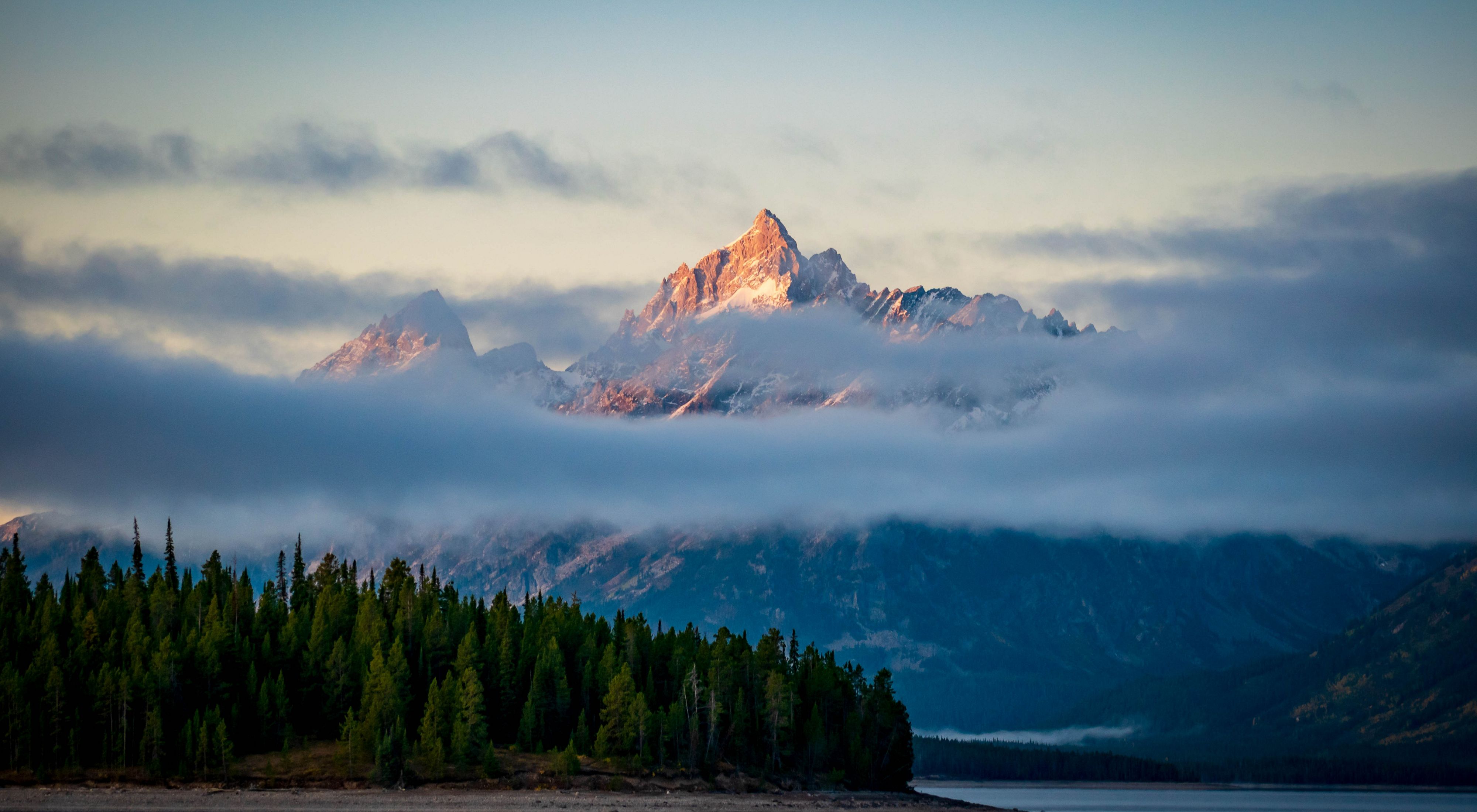Media Contacts
-
Bebe Crouse
Phone: 406-579-8559
Wyoming’s coal industry has been a mainstay of the state’s economy for decades. Yet as market forces and regulation spur a transition away from coal-fired power generation, Wyoming is well-positioned to entice industrial developers to the state with an advantage that is often overlooked: the impressive array of facilities that support coal industry operations. There are dozens of these industrial sites, each representing millions of dollars of infrastructure investment on assets ranging from rail access and water and sewer services to large fabrication buildings, offices and high voltage powerlines.
A new study, commissioned by The Nature Conservancy in Wyoming, identifies all the coal industry sites in the state, catalogues their assets and suggests pathways to encourage mine facility reuse.
Quote: Rusty Bell
The work The Nature Conservancy is doing to report the actual value of these sites will help tremendously.
Instead of investing millions of dollars developing new sites and facilities, companies can realize tremendous savings by repurposing these existing Wyoming assets. They can also benefit from the knowledgeable in-place workforce. Doing so will provide new employment opportunities to communities and families whose economic lifeblood is under stress by the decline in coal. Focusing new development on areas already disturbed can indirectly protect intact wildlife habitat elsewhere in the state as well. Wyoming can and should seize the opportunity before us by adjusting regulations and supporting a new life for our legacy industrial assets.
“Infrastructure reuse is one of the single biggest opportunities for our area’s economic future,” said Rusty Bell, Director of Campbell County’s Office of Economic Transformation. “We have hundreds of millions of dollars in infrastructure that could be marketed for reuse. Having a way for the timely, seamless transition of these assets … would be a game changer for coal reliant communities … The work The Nature Conservancy is doing to report the actual value of these sites will help tremendously.”
Why Tear It Down?
The study advocates a change from business as usual for decommissioned mines and power plants. For the most part, current reclamation plans for these sites call for razing all facilities and returning the land to grassland for livestock grazing and wildlife habitat. This is the appropriate policy for most post-mining lands, but the 5-10% with reusable facilities have different value. Once a mining site is fully reclaimed and all facilities removed, it is unlikely to be targeted for new development because of risk and uncertainty from possible pollution or soil instability. New industrial facilities that could have re-purposed these sites would likely be constructed on undeveloped land, leading to unnecessary impacts on wildlife and other natural and cultural values.
A working group is being organized by TNC’s partners at the Wyoming County Commissioner’s Association to advance solutions and promote infrastructure reuse. Some ideas being explored include changes in zoning, streamlined permitting, funding local economic development groups or a legislative resolution instructing agencies to support mine reclamation plans that include repurposing.
“This exciting concept can help Wyoming to find new economic opportunity, diversify its economy and help sustain communities, while protecting wildlife habitat and culturally sensitive lands elsewhere in the state.” said Justin Loyka, Energy Programs Manager for The Nature Conservancy in Wyoming.
Related content: Learn about the Brightfields Energy Siting Initiative mapping tool that indicates sites where development would have the least environmental and cultural impacts.
The Nature Conservancy is a global conservation organization dedicated to conserving the lands and waters on which all life depends. Guided by science, we create innovative, on-the-ground solutions to our world’s toughest challenges so that nature and people can thrive together. We are tackling climate change, conserving lands, waters and oceans at an unprecedented scale, providing food and water sustainably and helping make cities more sustainable. The Nature Conservancy is working to make a lasting difference around the world in 81 countries and territories (40 by direct conservation impact and 41 through partners) through a collaborative approach that engages local communities, governments, the private sector, and other partners. To learn more, visit nature.org or follow @nature_press on X.
